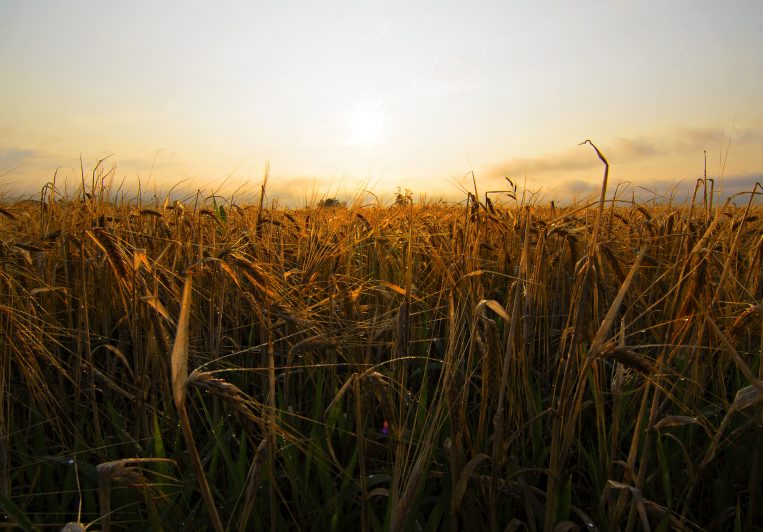[vc_row][vc_column][vc_column_text]
SAMPLE ARTICLE
Ahhh, rye.
Everyone loves the underdog.
Rye is the fastest growing whiskey in the US. In a five year period from 2009 to 2014 rye shot up over 600% in sales according to the Distilled Spirits Council.
It went from being a bartender’s secret cocktail ingredient to a neat-poured favorite in the glass of saavy whiskey drinkers everywhere.
First Set of Whiskey Laws
Vivamus et risus in purus consequat interdum. Nam hendrerit euismod quam imperdiet maximus. Duis id eros eu lectus tempor interdum. Duis nec commodo enim. Proin lobortis sapien vitae eleifend tincidunt.
Second Set of Whiskey Laws
Vivamus et risus in purus consequat interdum. Nam hendrerit euismod quam imperdiet maximus. Duis id eros eu lectus tempor interdum. Duis nec commodo enim. Proin lobortis sapien vitae eleifend tincidunt.
Third Set of Whiskey Laws
Vivamus et risus in purus consequat interdum. Nam hendrerit euismod quam imperdiet maximus. Duis id eros eu lectus tempor interdum. Duis nec commodo enim. Proin lobortis sapien vitae eleifend tincidunt.
Fourth Set of Whiskey Laws
Vivamus et risus in purus consequat interdum. Nam hendrerit euismod quam imperdiet maximus. Duis id eros eu lectus tempor interdum. Duis nec commodo enim. Proin lobortis sapien vitae eleifend tincidunt.
Fifth Set of Whiskey Laws
Vivamus et risus in purus consequat interdum. Nam hendrerit euismod quam imperdiet maximus. Duis id eros eu lectus tempor interdum. Duis nec commodo enim. Proin lobortis sapien vitae eleifend tincidunt.
The soft palettes of prohibition’s wake are getting a shot in the arm from the spicy bite of rye.
Not to rake on an old-timers’ taste. We actually have the old-old timers to thank for rye. There’s a reason why it’s been a stalwart bottle on every bar shelf in the US, even if it was the dusty one.
George Washington started the largest rye whiskey distillery in the 13 colonies on his Mount Vernon, Virginia estate. It was an eastern state favorite up until the prohibition. In fact, partly due to rye’s resurgence, Washington’s historic distillery was restored and reopened in 2007.
The big bourbon companies of Kentucky never saw rye’s resurrection coming. Wild Turkey went so far as to run out of their rye for a while. As a result, it’s proved to be a great whiskey for new distilleries to cut their teeth on and make a name for themselves.
What does rye whiskey taste like? For starters, it really does come from those rye grains that you see on your reuben sandwich. When you crunch into one of those there’s nothing soft and easy about it. It can be jarring, albeit a welcomed afront. It’s got a bitterness that when distilled still carries sweetness that we know whiskey for, but a sweetness derived from spice.[/vc_column_text][/vc_column][/vc_row][vc_row][vc_column][ess_grid alias=”rye”][/vc_column][/vc_row]
